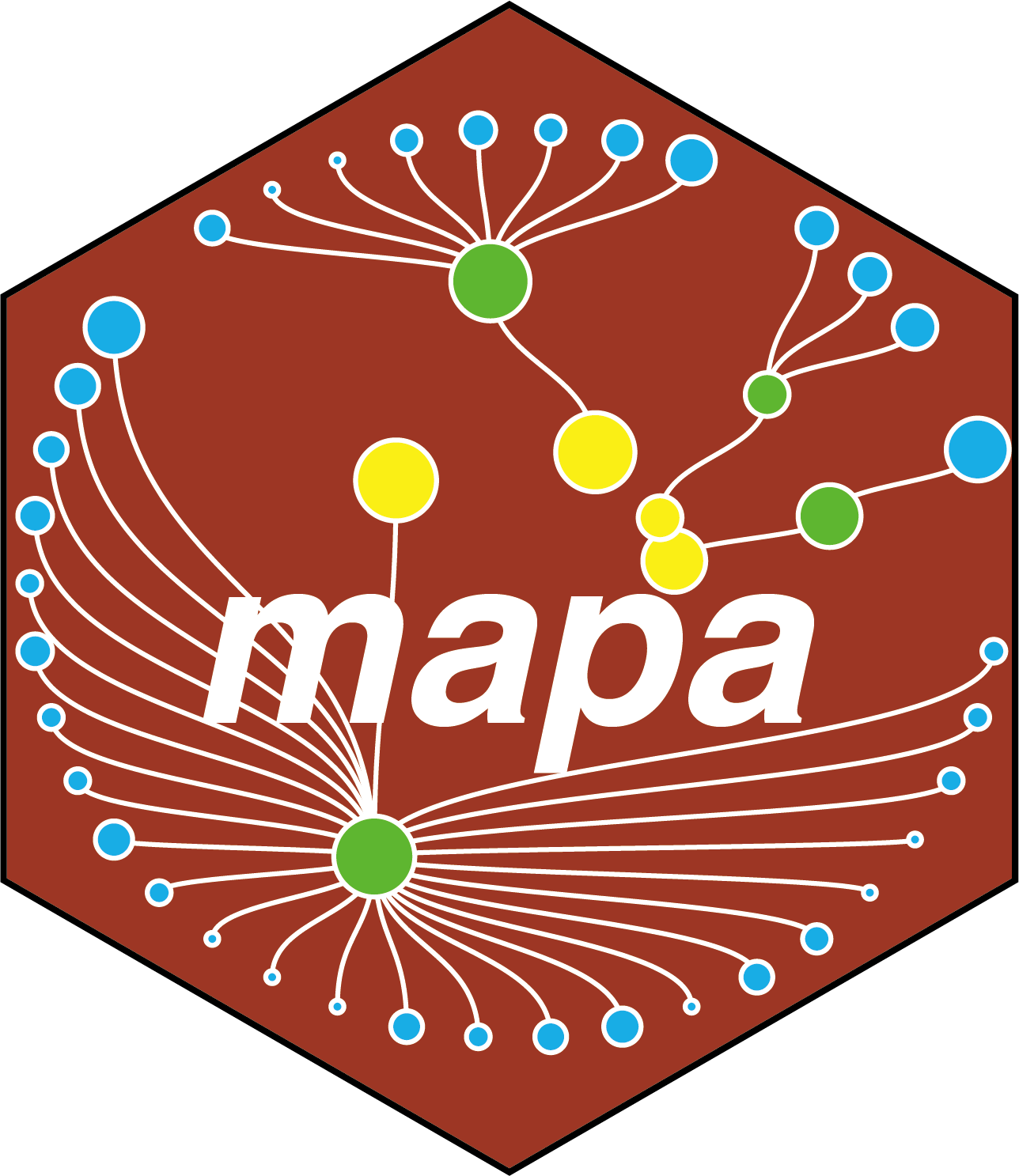MAPA tutorial
Preface
MAPA: Functional Module Identification and Annotation for Pathway Analysis Results Using LLM
MAPA is a streamlined workflow for pathway-enrichment analysis and enrichment result interpretation that turns large omics datasets into clear biological insight. It is developed by the Shen Lab at Nanyang Technological University, Singapore. It:
- Pathway analysis: Detects enriched pathways from your data via over-representation analysis (ORA) or gene set enrichment analysis (GSEA).
- Functional module identification: Clusters overlapping or functional-related pathways into functional modules, so every informative pathway—not just the “top 5 or 10”—contributes to the story.
- Functional module annotation: Summarises each module with large-language models (LLM) (e.g., ChatGPT), linking the results to the latest findings in literature from PubMed.
The outcome is a fast, reproducible, and user-friendly pipeline that reduces redundancy and delivers biologically meaningful interpretations for enrichment results.
Aim of This Tutorial
This guide walks you through the two faces of mapa: the R package for command-line workflows and the Shiny app for point-and-click exploration. By the end, with your gene/metabolite list as input, you will be able to:
- Merge overlapping enriched pathways into informative functional modules.
- Generate biological interpretations of each module with large-language models.
- Create publication-ready visuals of enrichment results, module networks, and pathway–molecule relationships.
- Export a comprehensive report that gathers every table, figure, and LLM-based summary in one place.
Whether you favour the command line or a browser, the tutorial gives you everything you need to apply MAPA confidently in your bioinformatics projects.

📥 Contact us
- 📩 Email xiaotao.shen@outlook.com
- 🏠 Shen Lab website shen-lab.org
- 💬 WeChat jaspershen1990
- 🐦 Twitter xiaotaoshen1990
